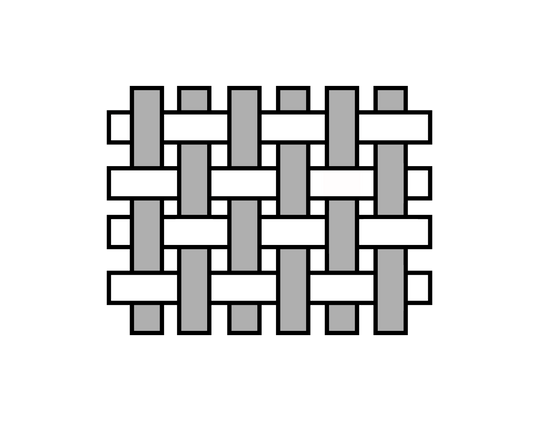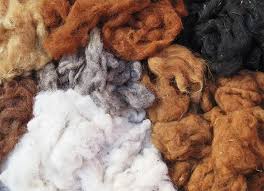
Dupioni, a silk fabric prized for its unique texture and distinctive sheen, is widely used in formal wear and decorative items. This document aims to explore the technical characteristics, history of its use, and the variety of types of dupioni available on the market.
What are the properties of Dupioni?

Dupioni is a fabric made from irregular silk threads, often spun from two cocoons simultaneously. This manufacturing method gives the fabric remarkable strength and the ability to hide surface imperfections, making it ideal for frequent use at special events.
- Durability : Its unique composition ensures increased resistance to daily wear and tear.
- Thermal insulation : Silk, the raw material of dupioni, provides excellent insulation, making it suitable for climatic variations.
- Wrinkle Resistance : Dupioni maintains a neat appearance thanks to its natural ability to resist wrinkling.
- Elasticity : It offers increased comfort through slight elasticity that increases with repeated wear.
Historical evolution of Dupioni

Native to Asia, dupioni was traditionally used for royal textiles in India and China. Its adoption in the West was driven by its luxurious look and versatility, making it popular in the haute couture and interior furnishing sectors.
Varieties of Dupioni

Distinctions between the different types of dupioni are often made according to the origin of the silk and the processing methods used:
- Indian Dupioni : Valued for its strength and vibrant pigments, it is frequently chosen for making saris and decorative items.
- Italian Dupioni : Sought after for its finesse and delicate texture, it is favored for evening wear and wedding dresses.
Why choose Dupioni?
The adoption of dupioni in clothing and interior collections is no coincidence. Its ability to improve over time, combined with its technical properties, makes it a long-term investment, both aesthetically and functionally.






